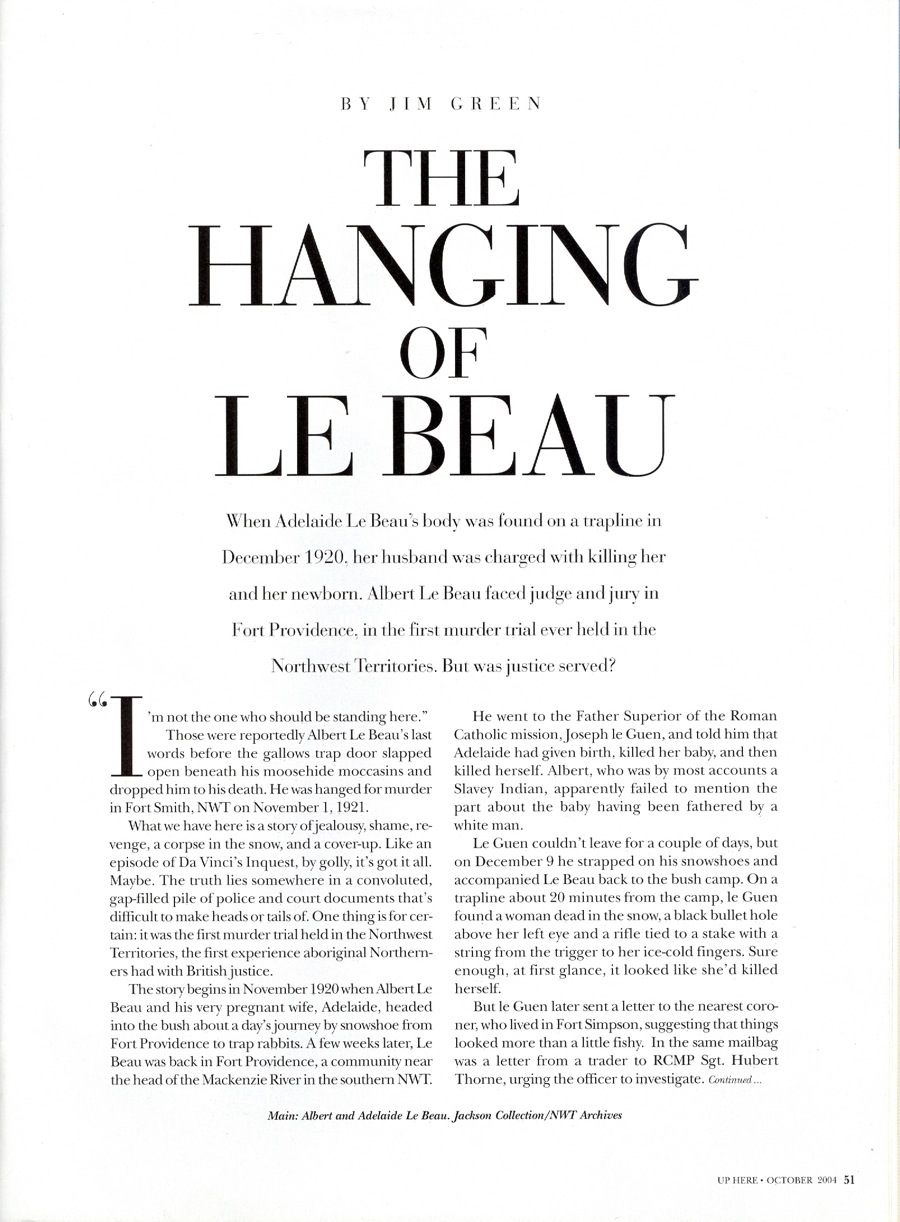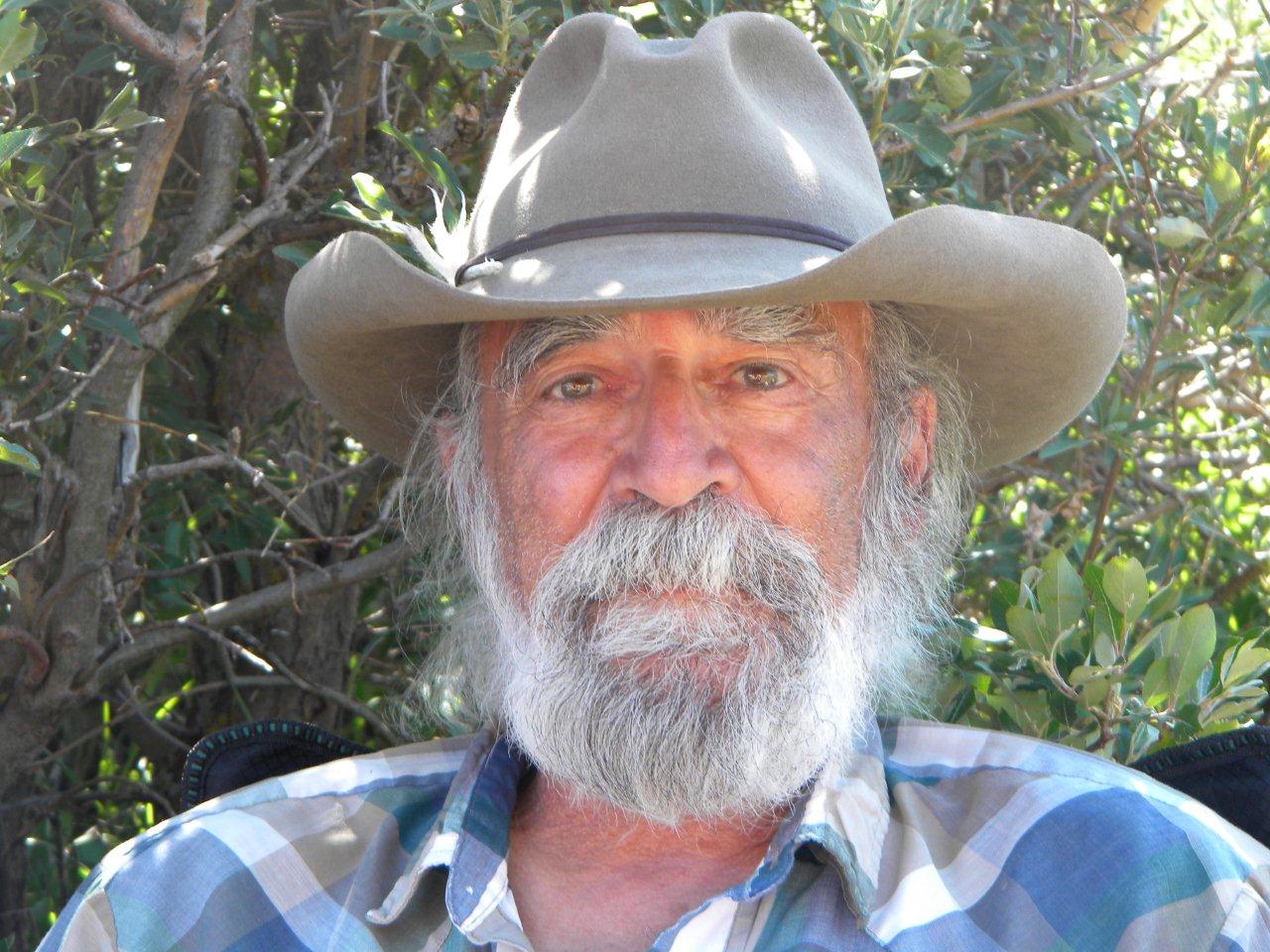LIFE IN THE OLD NORTH
“I never wanted to be a cop. Christ, I didn’t want to spend my life handing out traffic tickets. I joined the RCMP so I could get up north. There was nothing more to it.”
So opens this illuminating book about fours years in the life of Bill White, one of the most unlikely of cops ever to build an igloo.
Written entirely in the first person by Patrick White (no relation to Bill), this tale will captivate arctic buffs, RCMP enthusiasts, historians and everybody else interested in a first hand glimpse of “the best years of my life;” how it was in the central arctic in the early 1930s. Life in the old north.
“I decided to join up with an eye on getting to the Arctic as soon as possible.” After basic training in Regina: “…really nothing more than a modified Boy Scouts program,” Bill began his career herding naked Doukhobours and chasing bootleggers along the US border in Saskatchewan. He applied for arctic service and was transferred to Vancouver, there to await transport north.
Bill shipped out of Vancouver aboard the St. Roch under the command of the legendary Henry Larsen in June 1930, bound for the arctic.
The book dishes up a smorgasbord of written and visual delicacies (there are 80 some black and white photographs throughout); snapshots of the old police posts at Herschel Island, Baillie Island, Bernard Harbour, Coppermine and Cambridge Bay as the St. Roch flounders in frigid swells, scrapes through pack ice, bounces off reefs, dodges bergs and slams across sand bars.
Bill meets arctic veterans like trader Charlie Klengenberg and his son Patsy, Ikey Bolt who married Charlie’s daughter Etna, Gjoa Haven Canalaska trader George Washington Porter, Tree River Hudson’s Bay trader Otto Binder and Mrs. Pannigabluk Stefansson. He befriends Sam Carter, Mahik and L. A. Learmouth. In fact, he and Learmouth once liberated three quarts of alcohol from the compass of the good ship Maud, by then a half submerged derelict in Cambridge Bay, and the two’m ended up having a fine old time.
Learning to live in the country, Bill was taught how to build an igloo, hunt caribou and seals. He spent the better part of each summer in a fish camp at Wellington Bay. And he got to go trapping too, albeit illegally, bringing in $3,500.00 in white foxes one year; quite a boost to his $700.00 annual salary.
A census took him over 700 miles by dog team to count 750 northern folk widely scattered over a wide chunk of real estate. Another trip took him a thousand miles by dogs to retrieve a body and witnesses in an alleged murder case.
Returning south to another land and another life, Bill finally revisited Cambridge Bay in June of 1974, went fishing with Bill Lyall and had tea again with Angulalik and his old friend Mahik.
“On a windy autumn day, snow crunching underfoot, two active Mounties, a priest and two Inuit elders stood on Mount Pelly, the hill overlooking Cambridge Bay, with Bill’s ashes.” It was the fall of 2001. Constable Dean Larkin let the wind scatter Bill’s mortal remains in the one place in the world where he had always felt he belonged. Bill White was home.
This may Patrick’s White’s first book but he’s sure enough learned how to use his tools. Patrick has done a bang up job of rendering Bill’s adventures imminently readable, historically sound and immensely enjoyable. Feet up beside the wood stove, Mountie in Mukluks was a fine trip for me.
Here’s a note of explanation about this review.
I have a whole passel of personal connections with this book. Not only did I once live on the arctic coast for several years, I’ve fished the mouth of the river that almost took Bill’s life. I was still living in Toloyoak in 1974 when Bill White made his return trip to Cam. Bay after 40 years, though I didn’t know it at the time. I’ve walked and crawled all over the St. Roch in its permanent berth at the Vancouver Maritime Museum and visited Pasley Bay on the Boothia Peninsula where it once overwintered in the ice. Thanks to James Eetoolook and Pat Lyall I’ve visited almost every landfall along the ice coast the St. Roch stopped into the summer of 1930.
Then, while living on the Sunshine Coast in 1975, the author’s father, Howard White (they aren’t related to Bill), loaned me a copy of Bill’s original 175 page manuscript. I thought it a dry read, historically questionable in places and grossly over opinionated. In fact, when Bill asked me what I thought of it, I told him I figured his opinions were as valid as anybody else’s’. Holy poop! “Opinions,” he bellowed, and that was the end of that politically incorrect conversation.
Jim


